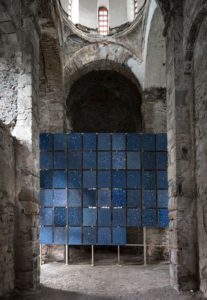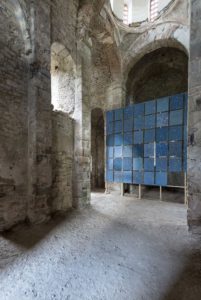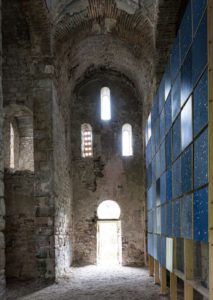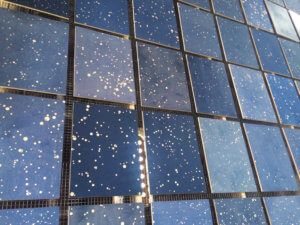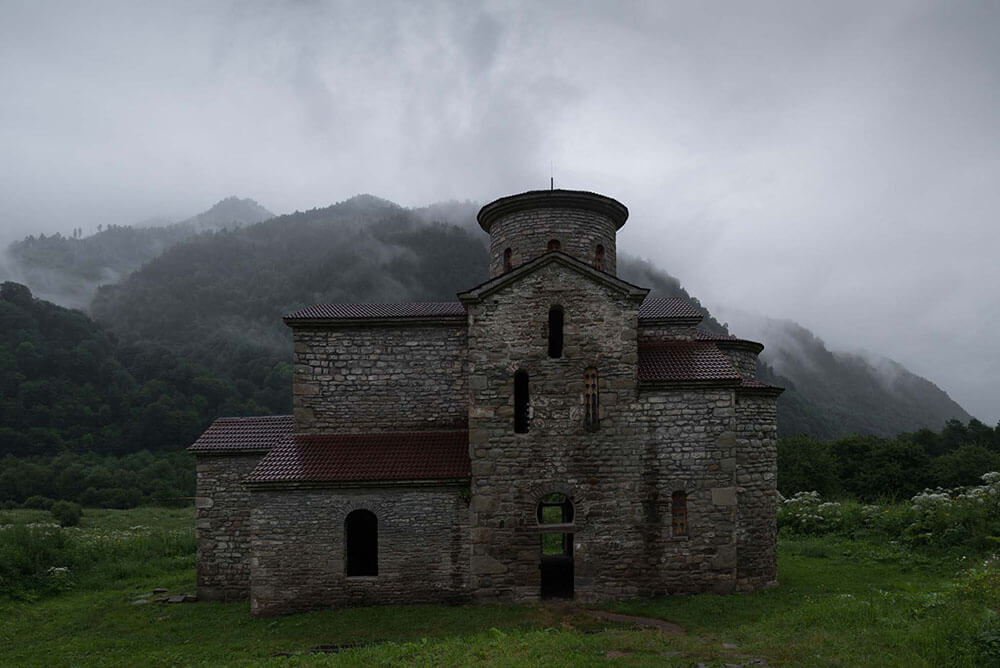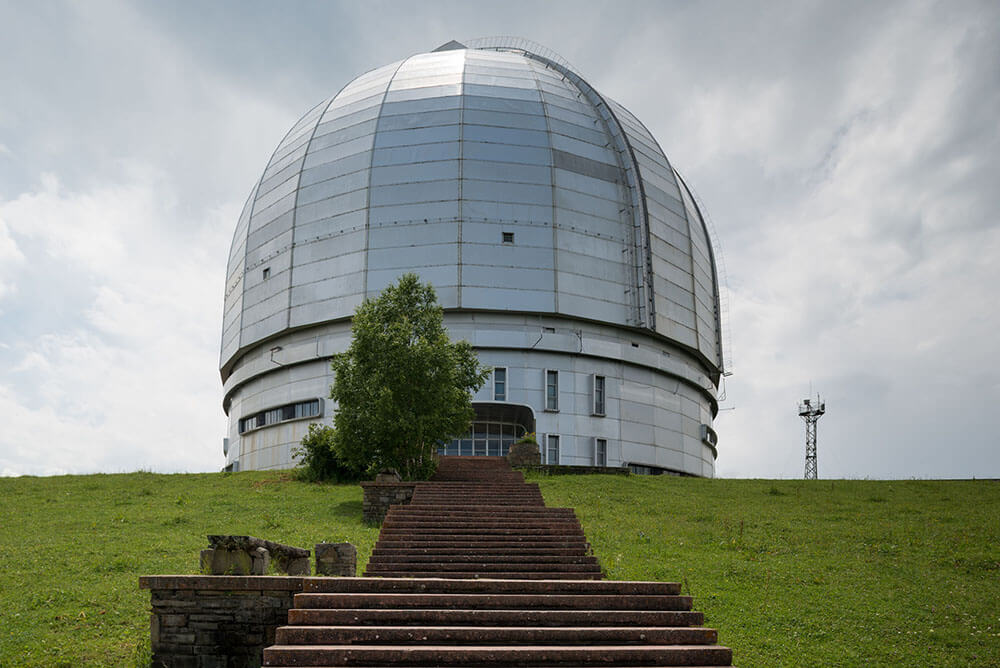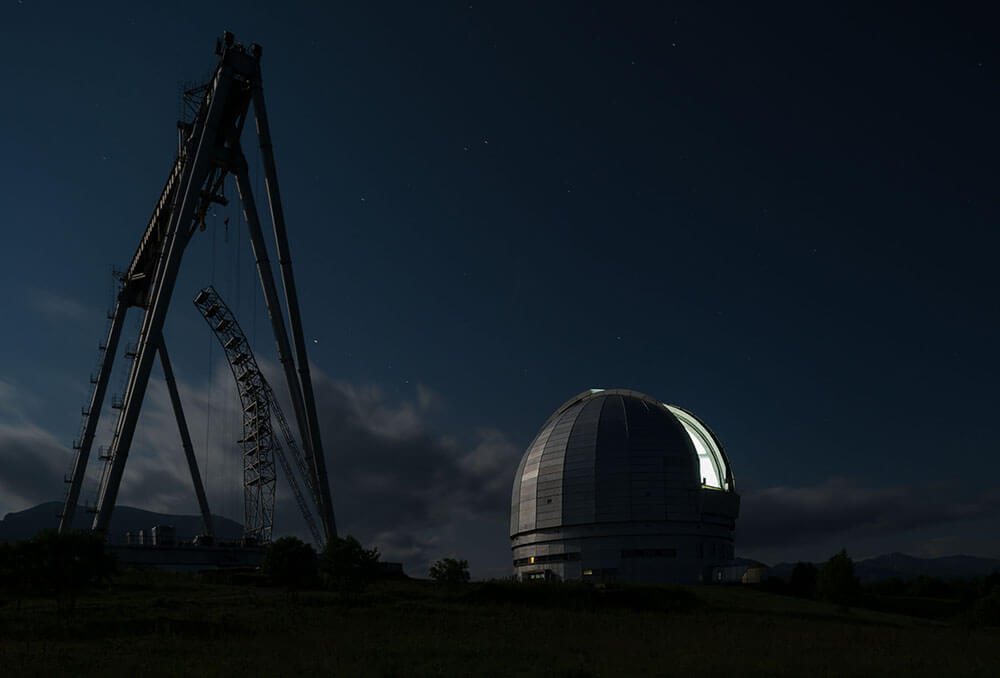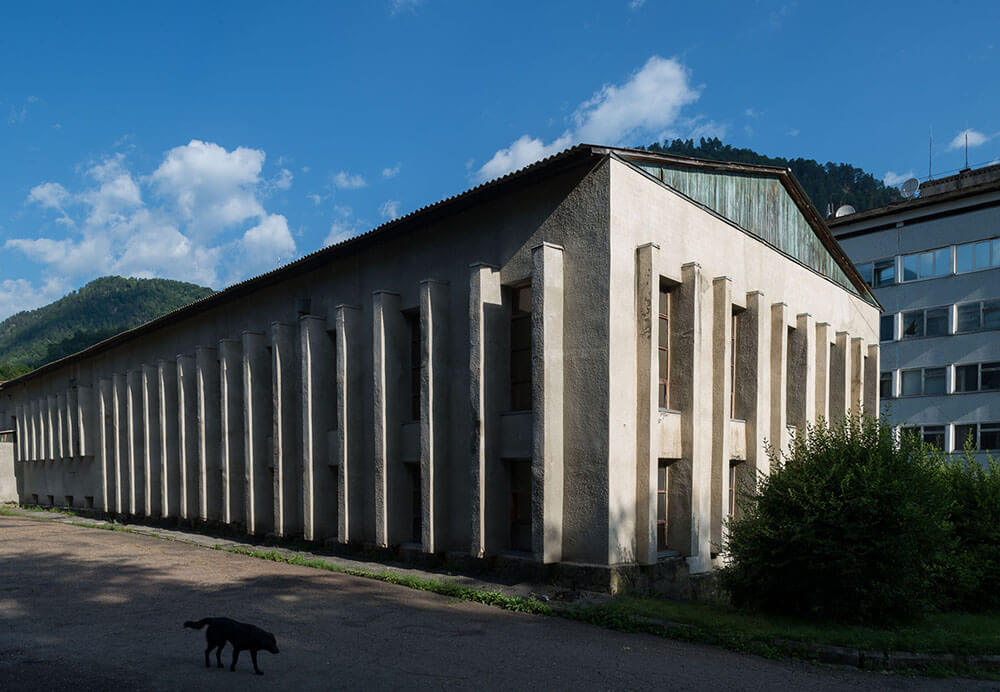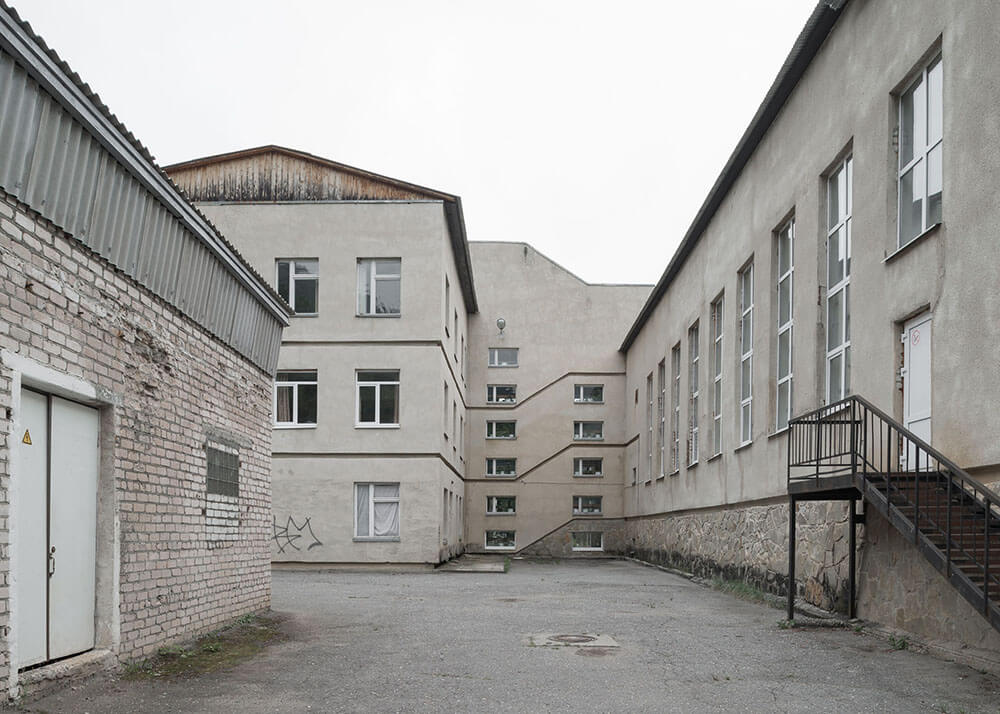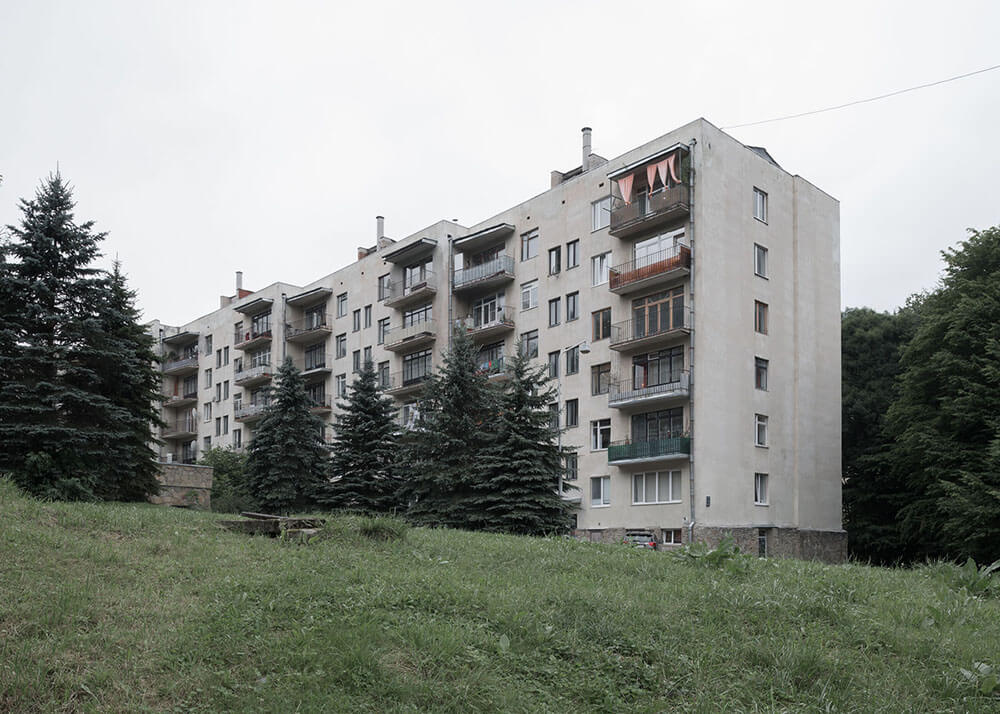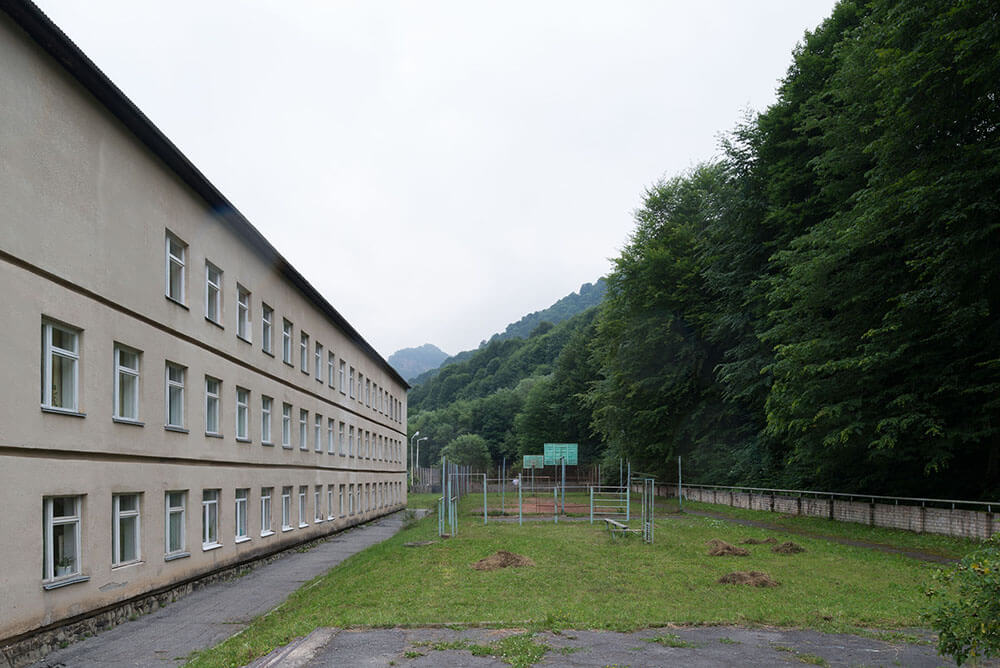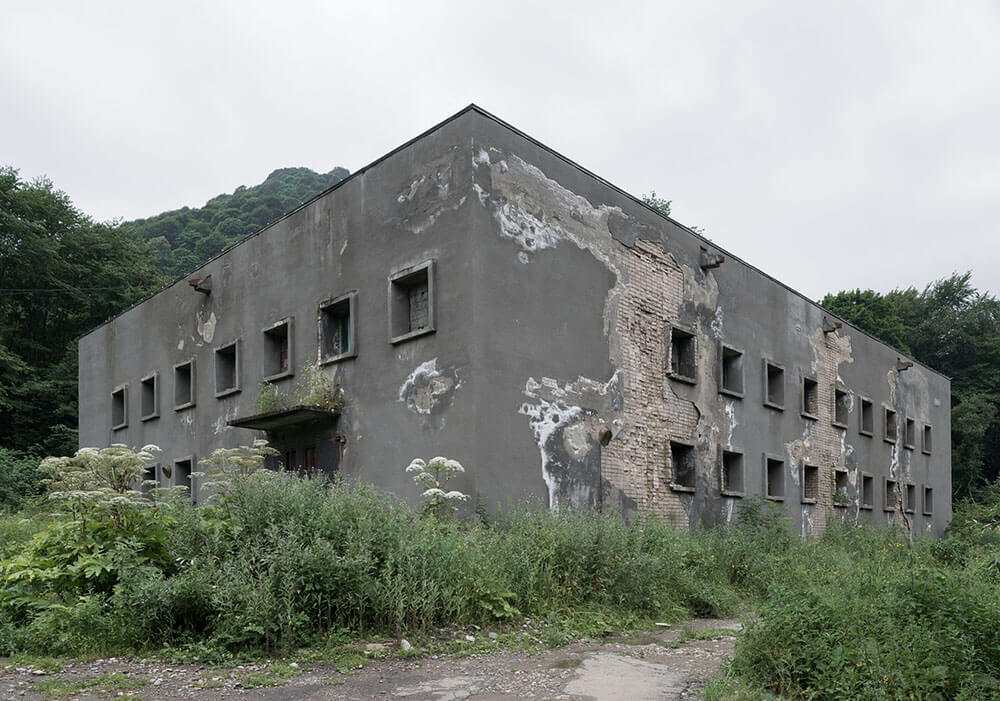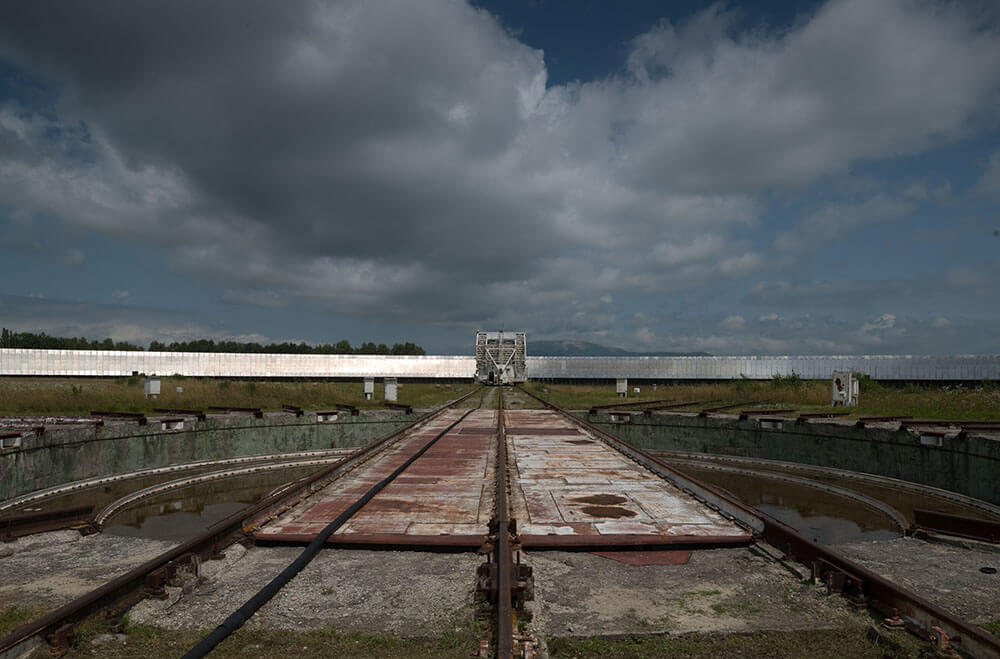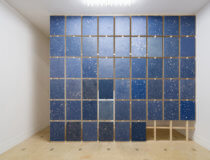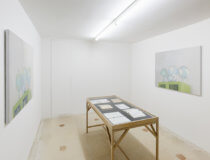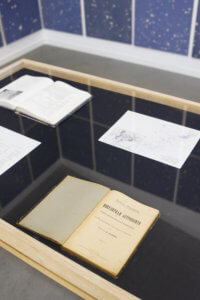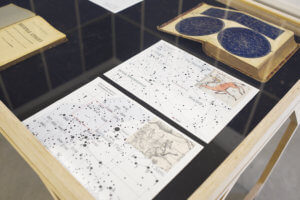Abolished Constellations
2016
‚ÄúThese constellations are all false, but deliciously false! They have grouped totally foreign stars in a single figure. Between real points, that is between stars that are isolated like one-of-a-kind diamonds, the dream of constellations has drawn imaginary lines.‚ÄĚ ‚Äď Gaston Bachelard, Air and Dreams
The ancient Sumerians, and later the Greeks (as recorded by Ptolemy), established most of the northern constellations in use today. When explorers mapped the stars of the southern skies, European and American astronomers proposed new constellations for that region. In 1922, the International Astronomical Union adopted the modern list of 88 constellations, which depict 42 animals, 29 inanimate objects and 17 humans or mythological characters. It was agreed that the list would be final and no new constellations would be added. The number 88 has no specific scientific or cultural significance ‚ÄĒ it is random.
Some constellations were not recognized by the International Astronomical Union in 1922 and thus have been abolished. More than 50 constellations fall in this category. Some of them appear in old maps and etchings, among them Argo Navis, which was one of the 48 proposed by Ptolemy. This list of the ‚Äúvictims‚ÄĚ of unification and standardization forms the basis of Alexandra Paperno‚Äôs project. This list of 51 former constellations is the result of a peculiar bureaucratic process: something that had never objectively existed was officially abolished. Paperno’s artworks, which carefully recreate the maps of former constellations, have been placed in the tenth-century Middle Temple in Lower Arkhyz, creating a dialogue between the medieval and modern history of this location. They demonstrate the link between the scientific and artistic aspects of the evolution of human thought.
Special Astrophysical Observatory of the Russian Academy of Science and its campus at Lower Arkhyz, Russia. Photographs by Yuri Palmin.
The Abolished –°onstellations project has been conceived and executed on the occasion an exhibition titled The Observatory. Ten international artists have been invited to the Special Astrophysical Observatory of the Russian Academy of Science at Lower Arkhyz for a short-term summer residency in 2016. Three months later they were to be back to make an artwork at any of the observatory locations.
‚ÄúAbolished Constellations‚ÄĚ at Galerie Volker Diehl [Cube], Berlin, 2018
More info about the exhibition
‚ÄúMoenlight Sonata‚ÄĚ curated by Rene Block at Kunsthal 44Moen, D–Ķnmark, 2018
More info about the exhibition
[Hyperallergic] At a Remote Russian Observatory, Contemporary Art Invokes the Wonder of Stargazing
[InRussia] Observatory as Gallery
[The Art Newspaper] Galaxy of art heads to observatory in Russia’s north Caucasus. Alexandra Paperno among artists creating installations in tiny village in southern Russia
[Artnet News] Russia’s Oldest Observatory Plays Host to Art Show on the Unknown
[The Calvert Journal] Letter from Nizhny Arkhyz
[Artguide]¬†–ģ—Ä–ł–Ļ –Ď–į–Ľ–Ķ–≥–į: ¬ę–ú–Ĺ–Ķ –Ī—č–Ľ–ĺ –Ľ—é–Ī–ĺ–Ņ—č—ā–Ĺ–ĺ, –ļ–į–ļ —Ö—É–ī–ĺ–∂–Ĺ–ł–ļ–ł –Ņ—Ä–Ķ–ī—Ā—ā–į–≤–Ľ—Ź—é—ā —Ā–Ķ–Ī–Ķ –ļ—Ä–į—Ā–ĺ—ā—É, —É—Ā—ā—Ä–ĺ–Ļ—Ā—ā–≤–ĺ –ł —Ą–ł–Ľ–ĺ—Ā–ĺ—Ą–ł—é –ľ–ł—Ä–į¬Ľ
[kurier.at] Das Teleskop am Ende der Welt
[Frankfurter Allgemeine Zeitung] Zottelstern am Optikturm
[Sueddeutsche Zeitung] Spuren aus Sternenstaub
[Welt] Unheimlich, wo die Russen ihre Sterne zählen
[ORF] Unendliche Weiten, irdisch und himmlisch
